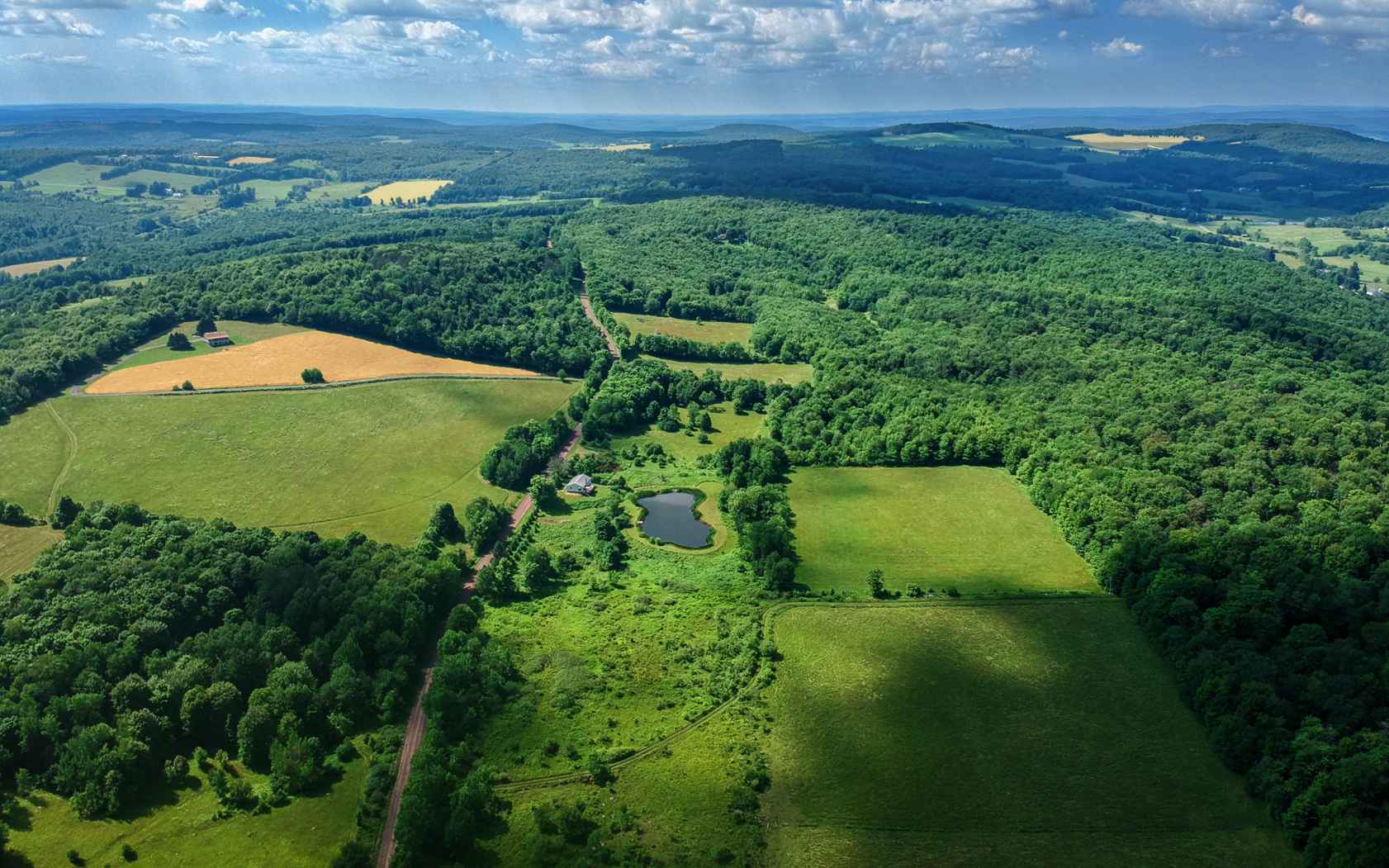For a country as wet and rainy as Britain, it makes sense to capitalise on what falls out of the sky, and for centuries hydro power has been an enduring feature of our landscapes.
Weirs and watermills helped power the industrial revolution, and in the early years of the 20th century massive hydro schemes were built to deliver electric light to the Scottish Highlands and to spark industrial activity country-wide.
More recently, the green energy revolution has led to a renaissance in much smaller hydro-electric schemes, with dozens of projects from 250kW up to 2MW springing up, utilising ‘run-of-the-river’ techniques to capture the flow of our readily-replenished watercourses.
It’s a sector that Triodos Bank has supported for more than 20 years, with projects as far afield as the west coast of Scotland and Snowdonia.
“Hydro-electricity is not only one of the oldest forms of green energy, it is also one of the most sustainable,” explains Steve Moore, senior relationship manager in our Business Banking Environment Team.
A hydro scheme built today and looked after could comfortably last a hundred years, and will continue to produce reliable low carbon energy long after any feed in tariff or subsidy has run out.
“This is one of the reasons that makes hydro an attractive investment proposition and we continue to be an active lender in the sector.”
Many projects supported by Triodos Bank are ‘high head’ schemes which capture a water high up a mountain stream and deliver it, via a buried pipeline, to a turbine in the valley or glen far below.
Triodos Bank has also financed a number of innovative ‘low head’ schemes across the UK where, as the name suggests, projects utilise a large flow of water dropping a relatively short distance.
One of these developments, the Knottingley Hydropower Station on the River Aire near Wakefield in West Yorkshire, was developed by Triodos Bank customer Northern Hydropower.
The scheme completed in late 2017, and at 500kW is the largest low head scheme built in England this century.
The project utilises an existing weir to deliver a large flow over a low head of 2.63 metres, via two Kaplan turbines. Prior to construction, the developer worked closely with the Environment Agency and landowner the Canal and River Trust to incorporate a multiple-flight fish pass into the design – enabling fish to bypass the weir and travel upstream for the first time in more than a century.

Each year the scheme will generate enough electricity to power the equivalent of 700 homes – however in this case nearly all of the power supplied by the hydro station is being used by the neighbouring Kings Island Flour Mill located just the other side of the river.
“This was a great scheme to work on and brings in a lot of innovative thinking,” explains Steve.
“Unlike many hydro schemes, where the power is fed directly into the National Grid, here the developer Northern Hydropower built a private wire straight from the hydro station to the flour mill in order to supply electricity directly to the customer via a long-term corporate PPA (power purchase agreement).
“This works well for the flour mill, which gets a steady supply of affordable green energy, and secures a long-term guaranteed income stream for Northern Hydropower,” Steve says.
In addition, the hydro plant also uses a large commercial battery to store excess generation which can then be delivered to the National Grid in short, premium-priced bursts to help stabilise the grid network, in what is known as the fast frequency response market. This creates a further income stream for the Knottingley plant.
This video is hosted by Youtube

By playing this video you allow Youtube to track your visit More info
“Overall this scheme underlines the beauty of low-head hydro,” Steve says. “Although the core technology is more than a century old, the generation profile of Knottingley is ideally suited to a commercial customer.”
“Whereas other renewables, such as wind and solar, fluctuate daily, hydro can deliver electricity throughout the night and on non-windy days, making it ideal for this commercial customer,” Steve says.
Of course, as any energy market-watcher knows, recent reductions in the hydro feed-in-tariff make the economics of any future scheme extremely challenging – but not impossible.
“The UK energy market is evolving rapidly,” Steve says.
“The current very low subsidy levels discourage investment in new hydro generating capacity and developers are turning to energy storage and are seeking multiple income streams to make projects stack up. This means that energy developers will need to be nimble, innovative and quick thinking to prosper in the years ahead,” Steve concludes.
Working with Northern Hydropower, and its partner firms, Triodos Bank has demonstrated how it’s possible to develop and operate successful hydro schemes in this fast-moving world. Indeed, the bank has supported key projects across the country, including the 360kW hydro power scheme at the Totnes weir on the River Dart in Devon.
The bank will continue working with forward-thinking developers and operators – whether they’re using technologies new, old or evolving – to help them deliver successful projects for the future.
Further information on the Knottingley Hydropower Station project can be found on Barn Energy’s website.


Thanks for joining the conversation.
We've sent you an email - click on the link to publish your post.